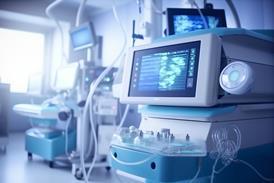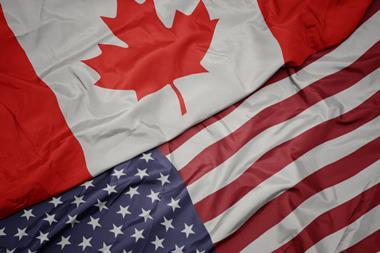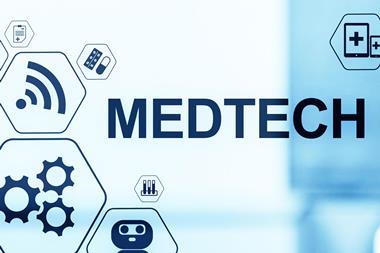For the past two years, global regulatory authorities have faced an un usual set of circumstances – navigating a pandemic while simultaneously producing more advice, guidance and regulations than ever be fore. The COVID-19 pandemic forced authorities to introduce new processes very quickly, and work closely with other authorities, public health agencies and industry. Everyone was in a constant state of adaptation, learning and analysis with a common goal.
Standards organisations as well as regulatory authorities have been producing draft and final guidance, discussions and working practices to help with the leaps that the life sciences industry is making in the use of technology, be it in the form of big data, or remote patient monitoring using a commercially available, wearable device.
Our opening focus article covers Breakthrough Therapy Designation (BTD) over the past ten years. The US FDA initiated BTD in 2012 under the FDA Safety and Innovation Act (FDASIA). Under this designation, products must be shown to have potential via preliminary clinical evidence to treat a serious condition in a substantially improved way when compared to existing treatments. Over the past ten years, the vast majority of BTDs have been granted to oncology products. Beyond that, there have been recent examples where a product has received the designation because it also addresses a national health issue, for instance, the need for non-opioid therapeutic agents for pain.
Our next focus article similarly addresses the introduction and improvement of healthcare initiatives. During the past two years, Health Canada has been active on several strategies, as well as introducing flexibility into existing processes. Naturally, there have been numerous guidance documents introduced to aid in the COVID-19 vaccine and treatment clinical studies and applications. Also notable are changes to post-marketing requirements for medical devices, transparency initiatives and increasing international cooperation with other regulatory authorities.
The COVID-19 pandemic forced authorities to introduce new processes very quickly, and work closely with other authorities, public health agencies and industry
This month we have a focus interview which provides us an Agency perspective on public health. Katherine Tyner, FDA liaison offi cer to the EMA, discusses her position and how the two authorities are sharing the same goals for public health in the future despite some organisational differences. The second part of this interview featuring Anabela Marçal – EMA Liaison Official to the FDA, EMA – will be available on Regulatory Rapporteur’s online platform.
Our standalone articles provide a range of guidance to help navigate the changing regulatory landscape in which we find ourselves.The number of guidance documents produced by the FDA each year has tripled over the past decade. The Center for Drug Evaluation and Research (CDER) and the Center for Biologics Evaluation and Research (CBER) have published guidance just in the past year on topics as diverse as clinical decision support (CDS) software, gene therapy and the real-time oncology review process. Though the Centers publish guidance agendas each year, not all are released as new topics come up that must be urgently addressed.
In the same vein, an additional process accelerated by the pandemic is the usage of non-legalised electronic Certificates of Pharmaceutical Product (eCPP). CPPs have typically been one of the few items sent to a regulatory authority as a hard copy with a wet signature and likely notarised. With so many staff members opting or forced due to quarantine to work remotely, authorities needed to address the process. Some regulatory authorities have completely moved to non-legalised eCPPs. Both the EMA and FDA have free online validation tool to help in the process. Electronically signed CPPs can be emailed or uploaded easily to an authority, if necessary, with no need to slow the process waiting for notarisation.
A medical device standards update is provided in this issue. Standing advice is to use the most recent version of any ISO (International Organization for Standardization) standard, regardless of the harmonisation status. The topic of medical devices in general has been quite active recently, not only due to new technologies, but also due to the European Union (EU) harmonising medical device and in vitro diagnostic (IVD)-related standards.
The past year has seen regulatory authorities still recovering from the incredible pressure and pace of the pandemic. The silver lining is that as we move forward, we can reap the benefits from this leap in innovation and efficiency.
































